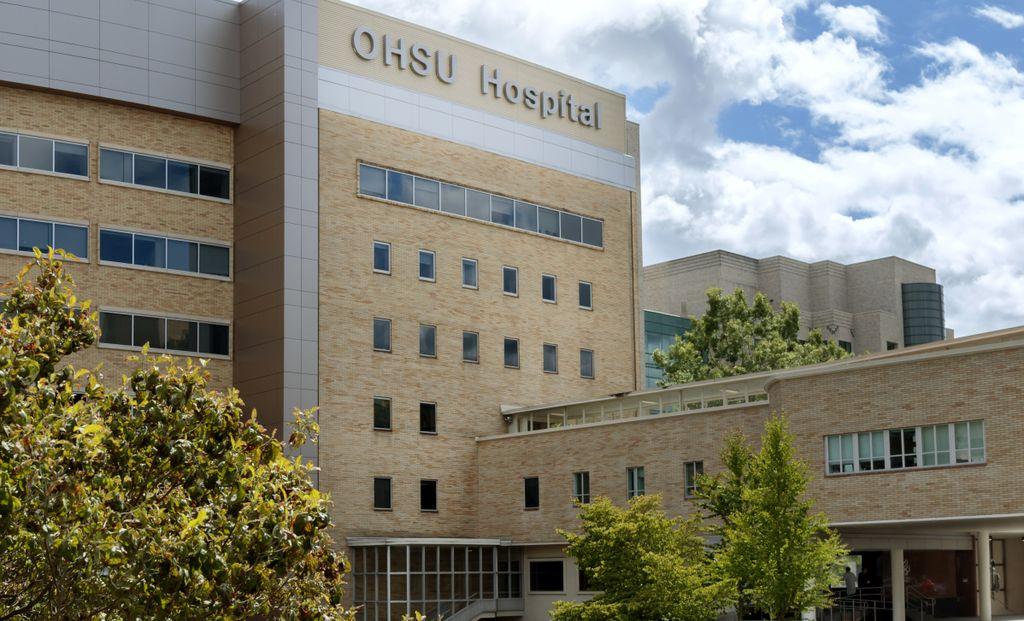
Financially pinched Oregon Health & Science University has offered substantial pay increases to the nearly 7,500 workers represented by AFSCME Local 328, and the union’s negotiating team is recommending members approve the deal.
The contract ratification vote, capping six months of negotiations, is set for Oct. 3-6.
The proposed three-year agreement would replace one that expired in June. Workers would receive across-the-board annual pay raises of 7%, 5% and 5% — or a total of 17 percentage points — plus one-time signing bonuses of $3,000 for workers half time or more, and $1,500 for workers below half time, according to the union.
The union had sought three-year raises totaling 22 percentage points, while OHSU had offered a total of 11.5 percentage points.
Last month, as the talks ground on, workers voted to authorize a strike. Based on OHSU’s initial wage increase offer, AFSCME leaders had asserted that workers could gain from a brief strike. But management’s new offer changed that. Now, according to union representatives, lower-paid employees would stand to lose money during a strike.
“This is one of our union’s many reasons for recommending ratification of this tentative agreement,” according to the Local 328 blog. The union also cited “dozens and dozens” of other benefits in the proposed contract.
Still, several AFSCME members wrote on the blog that they would be voting no. One wrote, “Hard no from me! This offer doesn't keep up with inflation (almost 9% this year alone), skyrocketing rents, or gas prices. It does nothing to attract new workers since we STILL won't have starting wages competitive with the service industry.”
Of the 7,419 employees at OHSU represented by the local, 5,896 are dues-paying members.
Ony dues-paying members can vote on contract ratification.
OHSU issued a statement saying the proposed agreement is a “huge accomplishment” that includes increased weekend pay differentials for workers, and improved leave, including bereavement leave and a new well-being leave bank.
The pay increases don’t include the so-called progression increases that many AFSCME-represented workers at OHSU receive, sometimes annually. Such step increases reflect a worker’s years on the job. They may vary from one job category to the next, but can equal increases of several percentage points a year.
OHSU officials declined to respond to questions from The Lund Report about the impact of the proposed deal on OHSU’s budget.
OHSU is in a financial squeeze, operating on a break-even $4.3 billion operating budget in the fiscal year that started July 1. OHSU racked up a $90 million operating loss on $4 billion in operating revenues in the fiscal year that ended June 30, OHSU CFO Lawrence Furnstahl reported to the Board of Directors earlier this month.
OHSU administrators are trying to steer toward profitability by hiring full-time workers to replace expensive temporary contract workers, and by focusing new job creation on fields that generate high profits, Furnstahl told the board.
Workers are in short supply in the Portland metro area in health care field and many other sectors.
The AFSCME-represented workers hold a range of jobs, from housekeepers and payroll clerks to physical therapists and computer systems workers. Their pay ranges from about $16 an hour for a custodian to as much as $190,000 for a top computer systems developer.
AFSCME is the biggest union at OHSU, followed by the Oregon Nurses Association, which represents about 3,000 registered nurses and other nurses.
In its budget for the current fiscal year, OHSU set aside money for pay increases for OHSU workers, although it didn’t disclose how much it anticipated spending on the AFSCME-represented group.
The break-even budget for the current fiscal year seeks to add about 400 full-time-equivalent positions across the institution, taking total budgeted staffing to 17,858 positions.
In his recent report to the OHSU, Furnstahl said that while operating revenues increased 10% in the fiscal year that ended June 30, labor costs, pharmaceuticals and medical supplies increased 15%.
You can reach Christian Wihtol at [email protected].